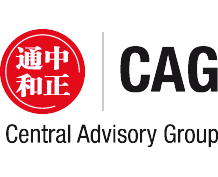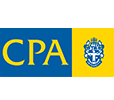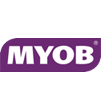Sole Trader
If you operate your business as a sole trader, although you may decide to have employees, you trade, control and manage all aspects of your business on your own. A sole trader must hold an Austrian Business Number (ABN) and Tax File Number (TFN). This is the simplest business structure available because of the minimal legal and tax formalities.
Elements:
Ownership: One Ownership of the business cannot be transferred. Control & Management: Owner has full control of the business. Risk and Legal Liability: Offers no personal asset protection. You can lose private assets such as your home, contents and vehicles if the business goes into debt. Taxation: Sole traders are taxed at personal income tax rates; Eligible for 50% benefit from capital gains discounting provisions. Compliance and Legal Requirements Compliance requirements relatively simple; No business registration required if trading under own name. Paying superannuation: The Sole Trader must make superannuation contributions for any eligible workers it employs Business Wind Up or Sale: Simple (with little cost).
Partnership
If you operate your business as a partnership, you’re carrying on your business with one or more other people as partners and receiving your income jointly. In a partnership, all partners share the resources and risks of the business. Partnership must have an Australian Business Number (ABN) and Tax File Number (TFN).
Elements
Ownership: 2 to 20 partners. Control & Management: Shared management; Governed by Partnership Agreement.
Risk and Legal Liability:
Unlimited liability - You and your partners are responsible for the debts of the partnership, even if you do not directly incur or cause the debt. You can lose private assets such as your home, contents and vehicles to settle debts of the partnership.
Taxation: Taxable income or loss of the Partnership must be distributed to partners in the year derived; A partnership does not pay income tax on the income earned by the partnership. Instead, each partner pays tax on their share of net partnership income; While the partnership does not pay tax, it must lodge an annual partnership income tax return. This shows each partners share of net partnership income. It is used as a tracking device by the ATO. Compliance and Legal Requirements: Depending on the complexity of the Partnership Agreement. Paying superannuation: The Partnership must make superannuation contributions for any eligible workers it employs. Business Wind-up: Complexity of wind-up can vary.









